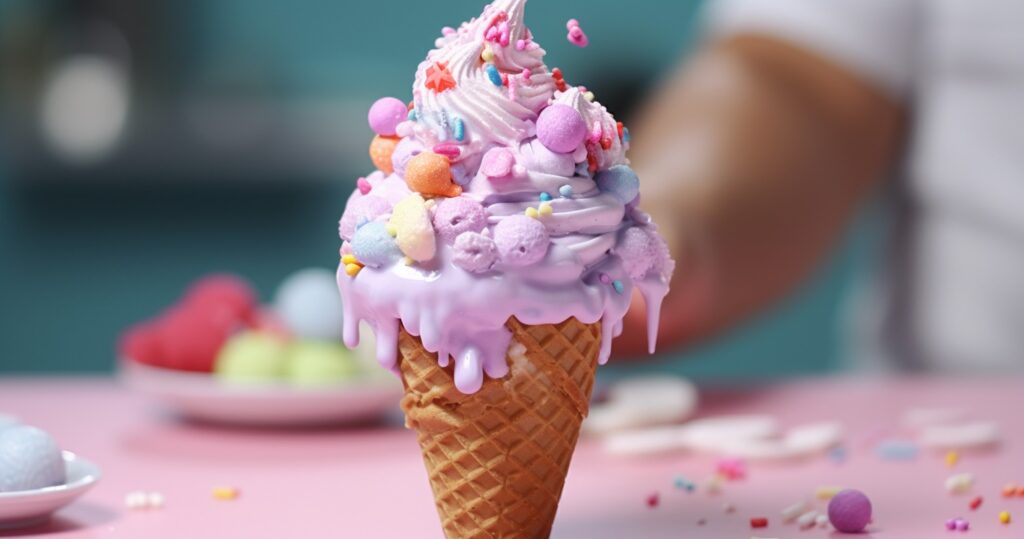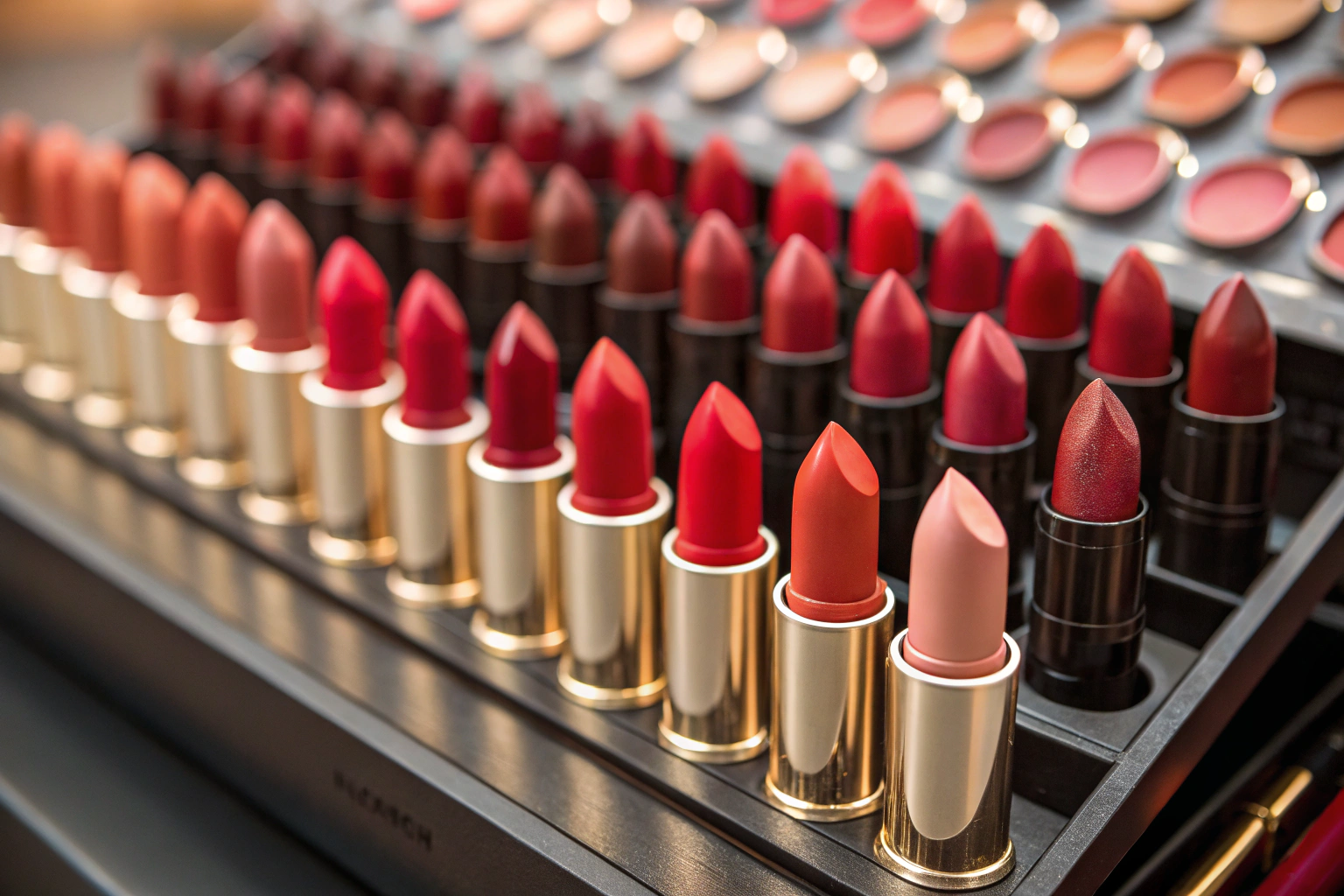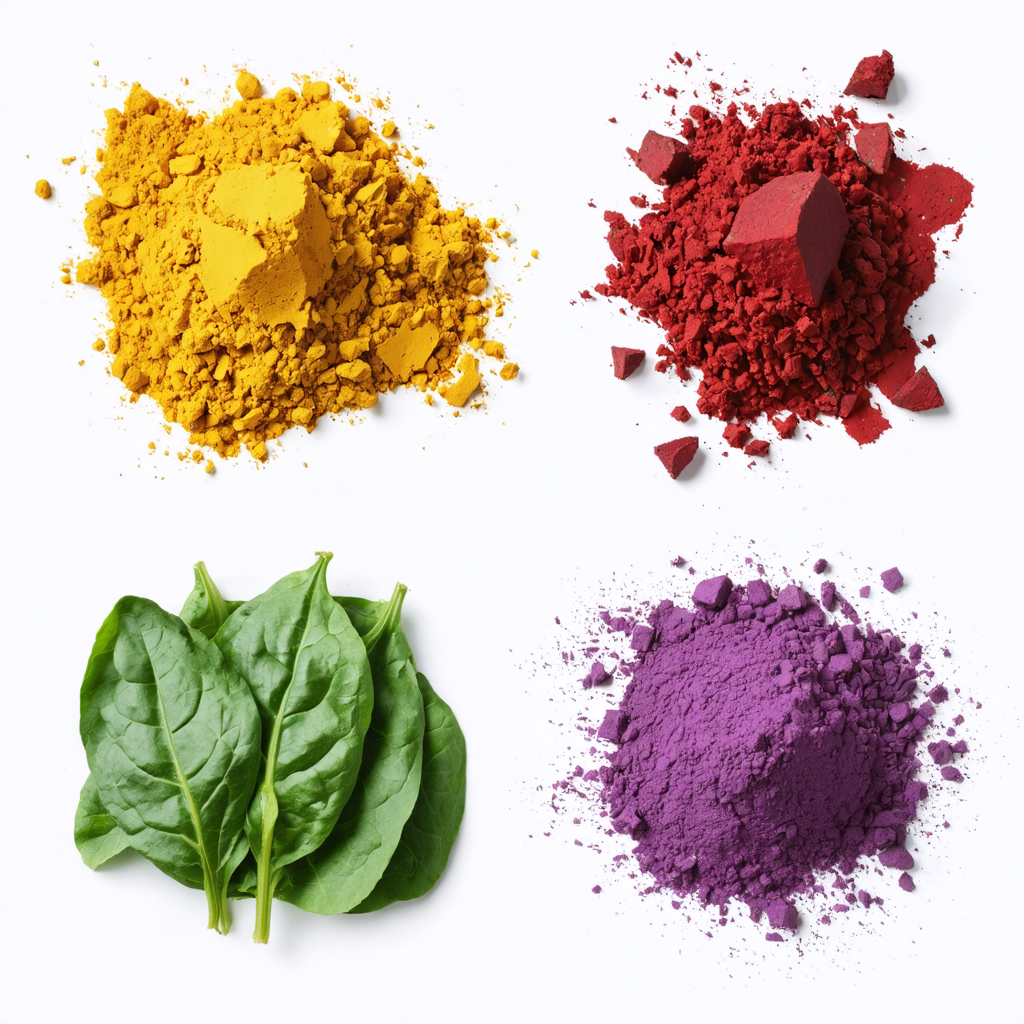Table of Contents
ToggleINTRODUCTION
In recent years, consumers have become more conscious about the ingredients in their food, seeking healthier and more natural alternatives. This trend has had a significant impact on the ice cream industry, particularly in the realm of colorings. Traditionally, artificial colors have been used to create vibrant and appealing ice cream hues, but the demand for natural and clean-label products has led to a surge in natural color innovations. In this blog post, we will explore natural color Innovations: trends and future possibilities In the ice cream Industry
THE SHIFT TOWARDS NATURAL COLORS
Consumers are increasingly concerned about the potential health risks associated with artificial food additives, including synthetic colorings. As a result, there has been a growing preference for natural and plant-based ingredients. Natural colors, derived from fruits, vegetables, and other botanical sources, have gained traction as a safer and more appealing option for ice cream manufacturers and consumers alike.
CURRENT NATURAL COLOR TRENDS
Ice cream manufacturers have been quick to embrace natural color innovations, resulting in exciting trends in the industry. Here are some noteworthy examples:
FRUIT AND VEGETABLE EXTRACTS:
Extracts from fruits and vegetables such as beetroot, spirulina, blueberries, and carrots are being used to create vibrant colors in ice cream. These natural sources offer a wide range of hues, from deep reds to vibrant greens and yellows.
SUPERFOOD POWDERS:
Superfoods like matcha, turmeric, and acai berry are not only known for their health benefits but also for their vibrant colors. Ice cream manufacturers are incorporating these powders to add natural hues and enhance the visual appeal of their products.
BUTTERFLY PEA FLOWER:
Butterfly pea flower, a natural blue flower native to Southeast Asia, has gained popularity as a natural colorant in ice cream. Its captivating blue shade adds a unique and eye-catching element to frozen desserts.
COCOA AND COFFEE INFUSIONS: Natural colorants are not limited to fruits and vegetables. Cocoa and coffee infusions can lend earthy browns and rich chocolate tones to ice cream, providing a visually appealing and indulgent experience.
FUTURE POSSIBILITIES AND INNOVATIONS
The natural color revolution in the ice cream industry is far from over. As consumer demands and technological advancements continue to evolve, several future possibilities and innovations are on the horizon:
MICROALGAE PIGMENTS:
Microalgae, such as spirulina and chlorella, contain natural pigments that offer various colors, including shades of green and blue. These sustainable and nutrient-rich ingredients have the potential to revolutionize ice cream coloration in the future.
BOTANICAL EXTRACT COMBINATIONS:
By combining different botanical extracts, ice cream manufacturers can create unique color profiles and customize their products. This opens up endless possibilities for creating visually striking and innovative ice cream flavors.
NATURAL COLOR-ENHANCING TECHNIQUES:
Advances in food processing techniques may lead to improved methods for extracting and stabilizing natural colors. This could result in ice cream products with more intense and long-lasting natural hues, providing a delightful sensory experience.
NOVEL INGREDIENTS:
With ongoing research and exploration, new natural color sources may emerge. From exotic fruits to edible flowers, the discovery of innovative ingredients could offer exciting opportunities for ice cream manufacturers to create visually stunning and naturally colored frozen treats.
CONCLUSION
The ice cream industry is undergoing a colorful transformation as natural color innovations take center stage. Consumers’ demand for clean-label and healthier options has spurred the development of vibrant and visually appealing ice cream products using natural sources
FAQ’S
Q1: WHY ARE NATURAL COLORS BECOMING POPULAR IN THE ICE CREAM INDUSTRY?
A1: Natural colors are becoming popular due to increasing consumer demand for healthier and clean-label food options. Natural colors offer a safer alternative to artificial colorings and align with the trend of using natural and plant-based ingredients.
Q2: WHAT ARE SOME EXAMPLES OF NATURAL COLOR SOURCES USE IN ICE CREAM?
A2: Examples of natural color sources used in ice cream include fruit and vegetable extracts like beetroot, spirulina, blueberries, and carrots. Superfood powders such as matcha and turmeric, butterfly pea flower, and cocoa and coffee infusions are also commonly use.
Q3: WHAT ARE THE FUTURE POSSIBILITIES IN NATURAL COLOR INNOVATIONS FOR THE ICE CREAM INDUSTRY?
A3: Future possibilities include the use of microalgae pigments like spirulina and chlorella, which offer a range of colors. Combining botanical extracts to create unique color profiles, advancements in natural color-enhancing techniques, and the exploration of novel ingredients are also areas of potential innovation.
Q4: ARE NATURAL COLORS AS VIBRANT AND VISUALLY APPEALING AS ARTIFICIAL COLORS IN ICE CREAM?
A4: Yes, natural colors can create vibrant and visually appealing hues in ice cream. With a diverse range of natural color sources available, ice cream manufacturers can achieve a wide spectrum of colors, including bright reds, blues, greens, and rich browns, providing visually enticing frozen treats.




